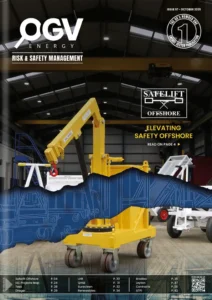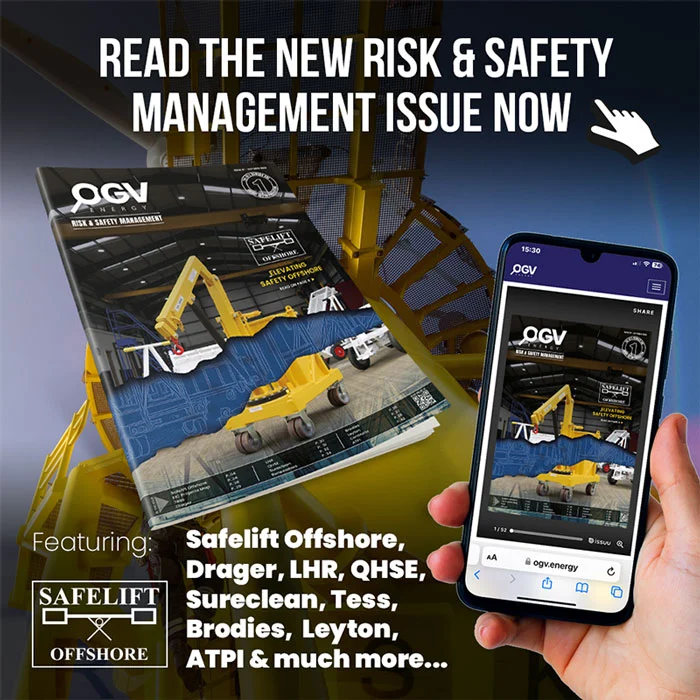Offshore oil and gas production is a complex balancing act—every system under pressure, every parameter critical. Among the most essential? Accurate, real-time level and interface measurement.
Whether you’re dealing with slug flow, emulsion layers, or high-pressure separators, having precise insight into your vessel internals can make the difference between stable production and process upset.
Why Interface Measurement Matters Offshore
In offshore processing, crude oil rarely comes alone. It’s mixed with water, gas, and sometimes solids. Separation of these phases is handled by a range of vessels—from 3-phase separators to desalters and slug catchers.
Here, instrumentation doesn’t just track fluid levels. It must also detect the interface, or separation layer, between immiscible fluids—typically oil and water.
Accurate tracking of this interface is crucial to prevent:
- Water carry-over into the oil export stream
- Oil carry-under into the water treatment system
- Control loop instability and inefficient chemical dosing
That’s why robust interface measurement is essential—not just for control, but for compliance, efficiency, and safety.
Common Offshore Applications
-
 3-Phase Separators
3-Phase Separators
The first line of defence in production processing, these vessels rely on instrumentation to manage all three phases of flow.Guided wave radar like the VEGAFLEX series provides accurate, reliable readings of both total level and interface—even in difficult emulsions.
Instruments must withstand high pressures, H₂S, and foaming, while delivering stable signals in dynamic conditions.
-
 Dehydrators & Desalters
Dehydrators & Desalters
Used to treat crude before export, these units require tight interface control to prevent water and salt contamination.
Sensors help maintain the correct electrode height, manage chemical dosing, and avoid water breakthrough. This is particularly important when operating to BS EN or API export specifications.
- Vessel-Type Slug Catchers
Slugs—large volumes of liquid entering a gas pipeline—are a constant challenge offshore. Vessel-type slug catchers are used to buffer these events and protect downstream equipment.
VEGAPULS Radar Sensors deliver fast, accurate non-contact bulk level measurement, even during sudden surges. Interface monitoring ensures the vessel doesn’t flood or short-cycle.
Choosing the Right Technology: Guided Wave Radar vs Non-Contact Radar
Both GWR and non-contact radar are proven technologies for offshore environments, but the best fit depends on the vessel type, process conditions, and measurement goals.
 Use Guided Wave Radar (GWR) when:
Use Guided Wave Radar (GWR) when:
- You need precise interface detection, especially in emulsion layers
- Working with 3-phase separators, dehydrators, or compact vessels with limited space
- Measuring in bridle chambers or turbulent internals
- The process involves foam, vapour saturation, or high pressure
Example: VEGAFLEX 86 – high-accuracy GWR sensor, SIL-certified, suitable for challenging offshore applications.
 Use Non-Contact Radar when:
Use Non-Contact Radar when:
- Monitoring total level in larger or open vessels
- Handling condensate, ballast, or slug volumes
- Dealing with vapour-heavy or corrosive media
- Preferring low-maintenance, hygienic installations with no direct media contact
Example: VEGAPULS 6X – 80 GHz radar, designed for precision, even in fast-changing or aggressive environments.
Safer, Smoother Operations
By choosing the right radar technology for each application, offshore operators can unlock significant gains in control and performance. Guided wave radar delivers confident interface monitoring in harsh, high-pressure vessels, while non-contact radar ensures quick, uninterrupted level readings in larger or surge-prone environments.
Together, they enable more stable flow regulation, optimised chemical dosing, and reduced downtime. More importantly, they help meet environmental and safety compliance—keeping offshore production both efficient and secure.
From separators to slug catchers, VEGA’s radar technologies are trusted worldwide to deliver clarity in the most complex measurement conditions.
Curious to learn more? Meet our team of friendly industry experts at SPE Offshore Europe 2025 from 2 September to 5 September. On Stand 3D40, we will have live demonstrations of our guided wave radar, non-contact radar, pressure measurement solutions and more, tailored to help you accelerate your transition into a sustainable energy future! For more information and to register for your visitor pass, visit our website.
“Your company news doesn’t just get published – it’s seen by the decision makers who matter.”













